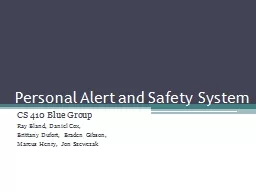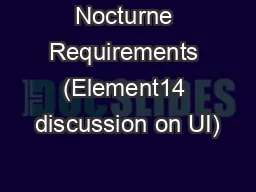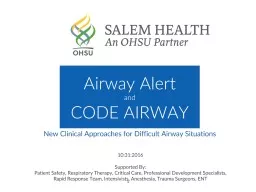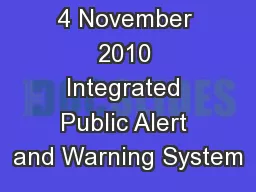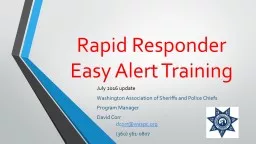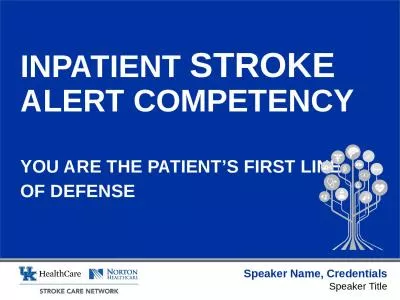PPT-Personal Alert and Safety System
Author : tawny-fly | Published Date : 2016-10-22
CS 410 Blue Group Ray Bland Daniel Cox Brittany Dufort Braden Gibson Marcus Henry Jon Szewczak Societal Problem Statement In the event of a personal emergency security
Presentation Embed Code
Download Presentation
Download Presentation The PPT/PDF document "Personal Alert and Safety System" is the property of its rightful owner. Permission is granted to download and print the materials on this website for personal, non-commercial use only, and to display it on your personal computer provided you do not modify the materials and that you retain all copyright notices contained in the materials. By downloading content from our website, you accept the terms of this agreement.
Personal Alert and Safety System: Transcript
Download Rules Of Document
"Personal Alert and Safety System"The content belongs to its owner. You may download and print it for personal use, without modification, and keep all copyright notices. By downloading, you agree to these terms.
Related Documents

